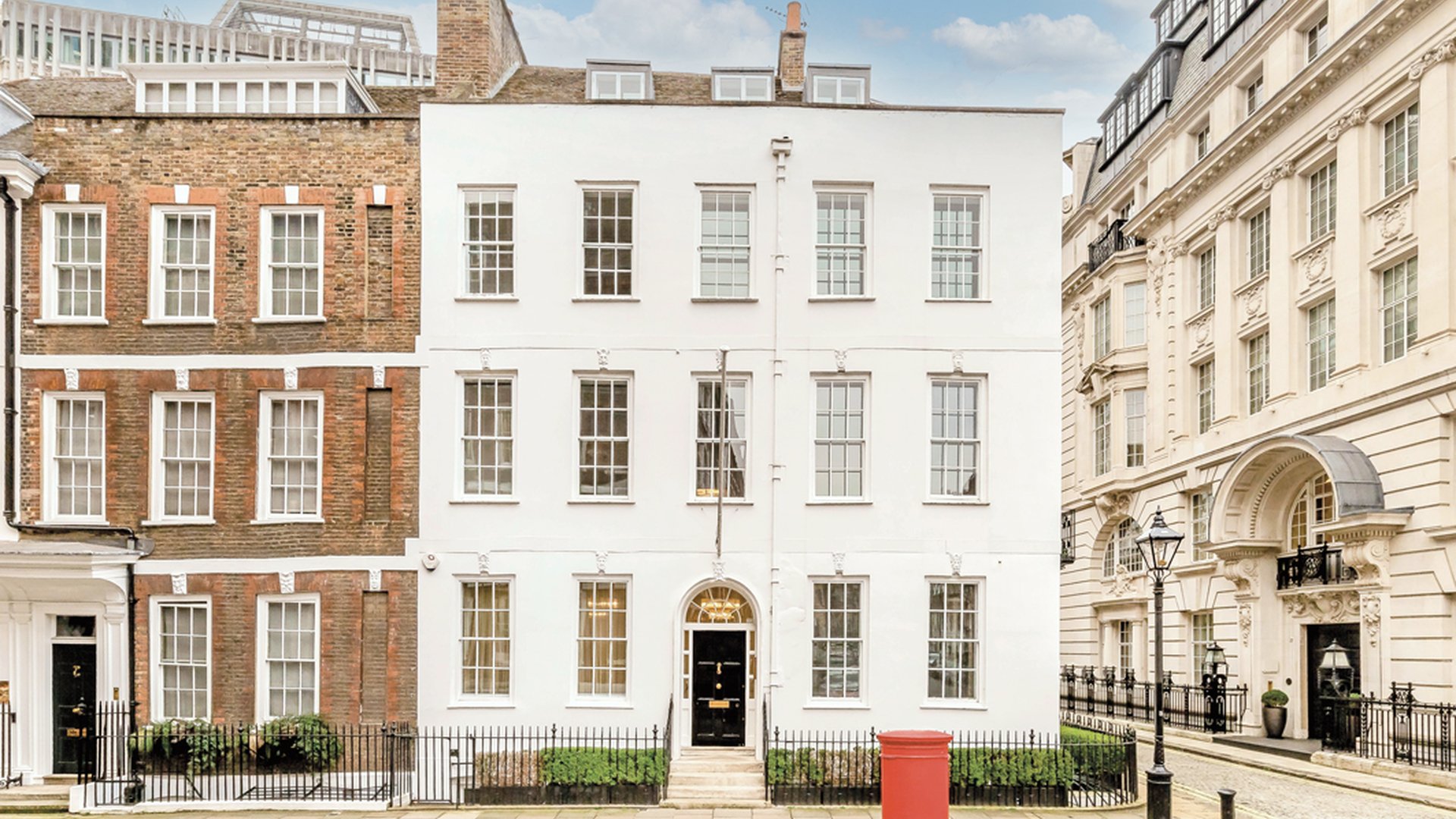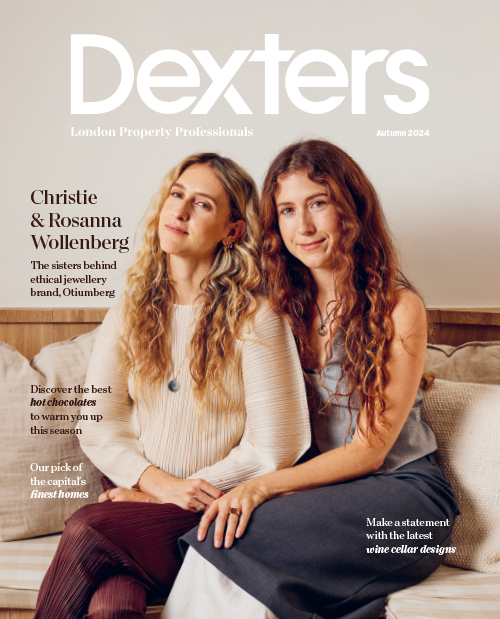In 1771 Henry Bathurst, Baron Apsley commissioned architect Robert Adam to build him a new house at the formal entrance of Hyde Park. By 1807 Richard, Marquess Wellesley paid £16,000 to buy the lease, then spent over £20,000 on new furniture and decorative schemes to maintain Apsley House’s status as one of London’s finest townhouses, a reputation it holds.
The 3,238 sq. ft house offers five bedrooms, four bathrooms, a double reception room, garage, spa, west facing roof terrace, and a garden all remarkably encapsulated within the length of a Mini Cooper.
In the nineteenth century, as wealth began to shift from aristocrats to the emerging upper middle class of lawyers and bastions of trade and industry, there was greater demand for land. Values in the heart of the thriving capital soared, prompting a building boom of significant homes around garden squares. For the first time, wealthy families were persuaded to live in terraced houses.


'With the advent of terraced townhouses, families sought new ways of displaying their wealth. Building a townhouse became rather like buying a new car – you could have the standard model, or demonstrate your status with opulent extras. For example, you could pay to ship in York Stone to create a cantilevered staircase, which represented a feat of engineering and would be the envy of the neighbours around you. Alternatively, you could opt for elaborate cornicing or friezes sculpted into rooms,' says Robert Britten, Sales Director of Dexters Mayfair.
Today, we know the areas where grand terraces were first built as prime central London including Mayfair, Belgravia and Bloomsbury. You may not need to be ennobled to own a London townhouse, but a love of grand architectural styling, an appreciation of artistic detail and a fondness for central locations continue to be essential.
Thankfully, the townhouse has found more appreciative admirers in recent times, with many of today’s custodians looking to reinstate lost features. Robert says, 'Many buyers are committed to restoring townhouses to former glories. Most are listed, so owners need to work with English Heritage which is responsible for protecting the historical details of homes and won’t allow changes to original layouts or unsympathetic repairs to windows and shutters. There may be restrictions, but what you always get from London townhouses is a great deal of variety in terms of total floor space and rooms built to impress and entertain.'
Townhouses can represent good value if you’re looking for a home in central London. More buildings with a historical pedigree in desirable locations are coming onto the market as local councils authorise the conversion of townhouse office blocks back into residential use, with this, the return to the original magnificence of these inspiring homes.

